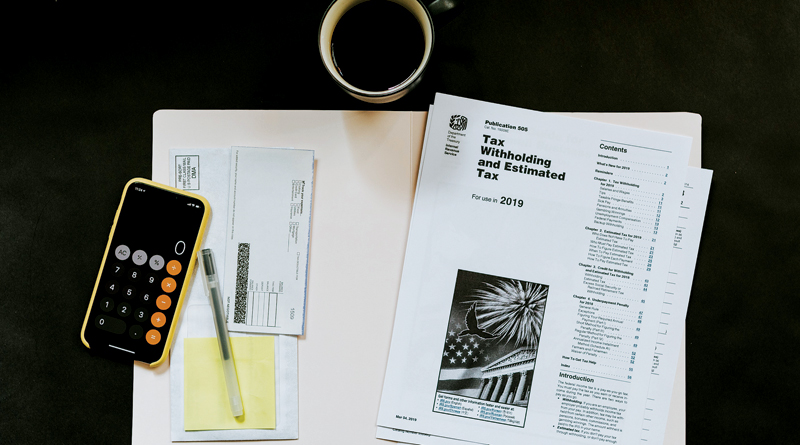As you may have heard, the stock market has been on a wild ride lately. What’s behind this volatility? And, as an investor, how concerned should you be?
Let’s look at the first question first. What caused the steep drop in stock prices we experienced on a few separate days?
Essentially, two main factors seem to be responsible. First, some good economic news may actually have played a significant role. A 17-year low in unemployment and solid job growth have begun to push wages upward. These developments have led to fears of rising inflation, which, in turn, led to speculation that the Federal Reserve will tighten the money supply at a faster-than-expected rate. Stocks reacted negatively to these expectations of higher interest rates.
The second cause of the market volatility appears to be simply a reaction to the long bull market. While rising stock prices lead many people to continue buying more and more shares, some people actually need to sell their stocks – and this pent-up selling demand, combined with short-term profit-taking, helped contribute to the large sell-offs of recent days.
Now, as for the question of how concerned you should be about this volatility, consider these points:
Sell-offs are nothing unusual. We’ve often experienced big sell-offs, but they’ve generally been followed with strong recoveries. Of course, past performance is not a guarantee of future results, but history has shown that patient, persistent investors have often been rewarded.
Fundamentals are strong. While short-term market movements can be caused by a variety of factors, economic conditions and corporate earnings typically drive performance in the long term. Right now, the U.S. economy is near full employment, consumer and business sentiment has risen strongly, manufacturing and service activity is at multi-year highs, and GDP growth in 2018 appears to be on track for the best performance since 2015. Furthermore, corporate earnings are expected to rise this year.
So, given this background, what’s your next move? Here are some suggestions:
Review your situation. You may want to work with a financial professional to evaluate your portfolio to determine if it is helping you make the progress you need to eventually achieve your long-term goals.
Reassess your risk tolerance. If you were unusually upset over the loss in value of your investments during the market pullback, you may need to review your risk tolerance to determine if it’s still appropriate for your investment mix. If you feel you are taking on too much risk, you may need to rebalance your portfolio. Keep in mind, though, that by “playing it safe” and investing heavily in vehicles that offer greater protection of principal, but little in the way of return, you run the risk of not attaining the growth you need to reach your objectives.
Look for opportunities. A market pullback such as the one we’ve experienced, which occurs during a period of economic expansion and rising corporate profits, can give long-term investors a chance to add new shares at attractive prices in an environment that may be conducive to a market rally.
A sharp market pullback, such as we’ve seen recently, will always be big news. But if you look beyond the headlines, you can sometimes see a different picture – and one that may be brighter than you had realized.
This article was written by Edward Jones for use by your local Edward Jones Financial Advisor.
























